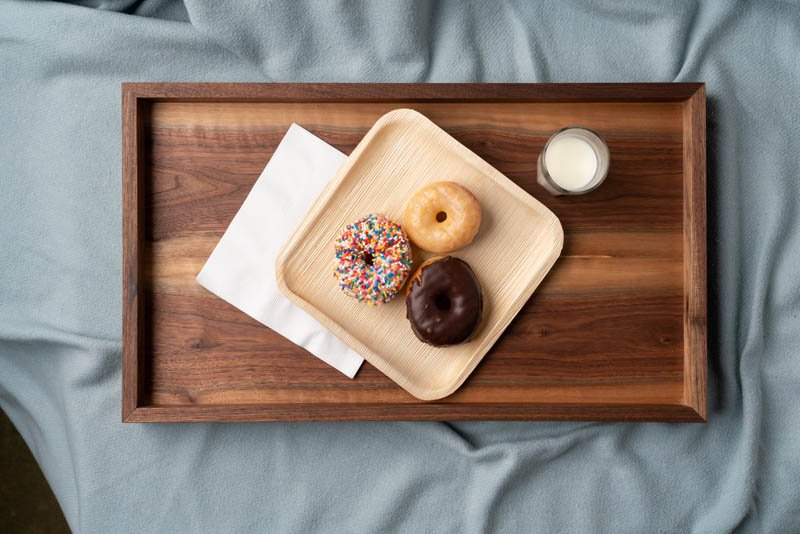Common Alabama Urban Wood Species: Hackberry
Alabama’s urban forest is home to a wide spectrum of wood species with significant aesthetic, environmental, and other benefits. Even after the trees fall, they continue to live in the form of the most beautiful pieces of furniture and other interior décor items. Below, you’re going to learn more about the most common Alabama urban wood species and all the amazing benefits and uses they offer.
Benefits, Uses, and Fun Facts about Hackberry
Tree experts often refer to hackberry as one tough tree. Unlike other species of trees that prefer specific soil or temperature, hackberry can grow in different conditions but prefers sandy loams to clay soils. It thrives in dry, wet, and well-drained soils. Hackberry can grow 50-70ft tall.
How to recognize hackberry wood? Well, it has light brown to grey heartwood while the sapwood is yellowish. Generally speaking, hackberry wood resembles ash. This wood usually has a straight grain, but it can be interlocked sometimes. The texture is coarse and very uneven. Just like elm trees, hackberry responds well to steam-bending, and it stains, glues, and finishes well.
The main benefits of hackberry wood are:
- Stronger and stiffer than many hardwood species
- Machines easily
- Can be used as a substitute for red oak, elm, or ash
In terms of interior design, hackberry wood is used primarily for veneers, furniture, bent parts, and turned objects. The straight grain delivers a uniform appearance. It can be used for tables and chairs, for example. Hackberry wood is also good for cabinets.
Hackberry fun facts:
- Although it resembles ash, hackberry is most similar to elm trees in terms of anatomy
- Among the best woods for steam-bending







